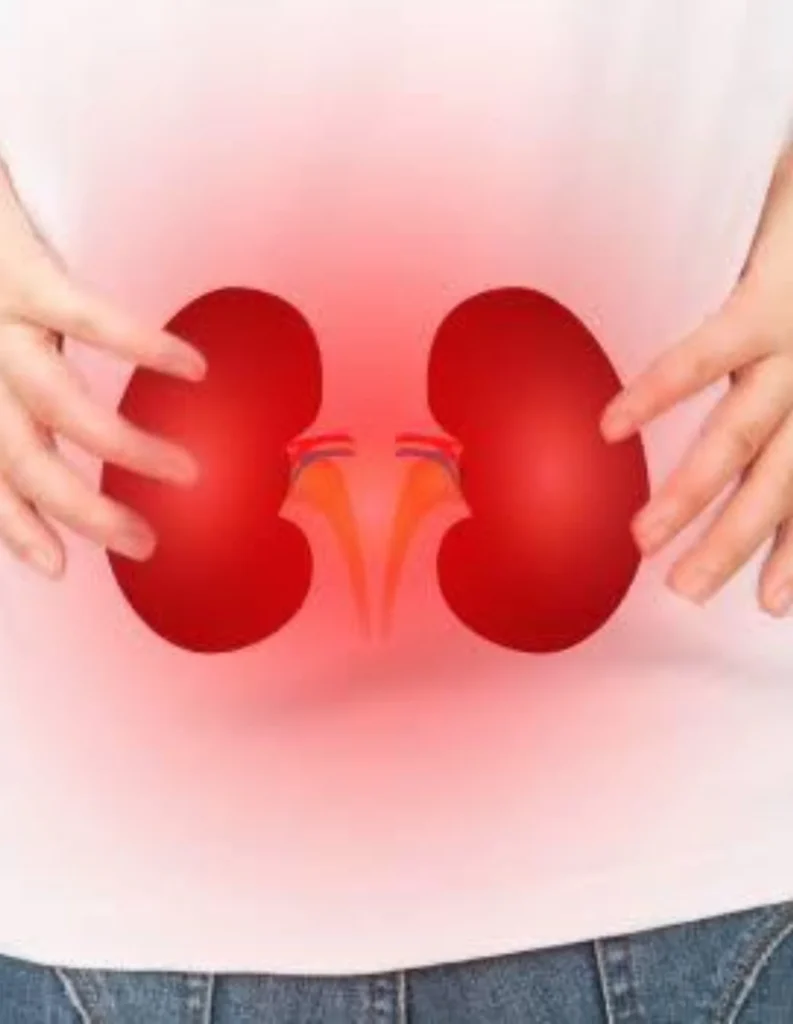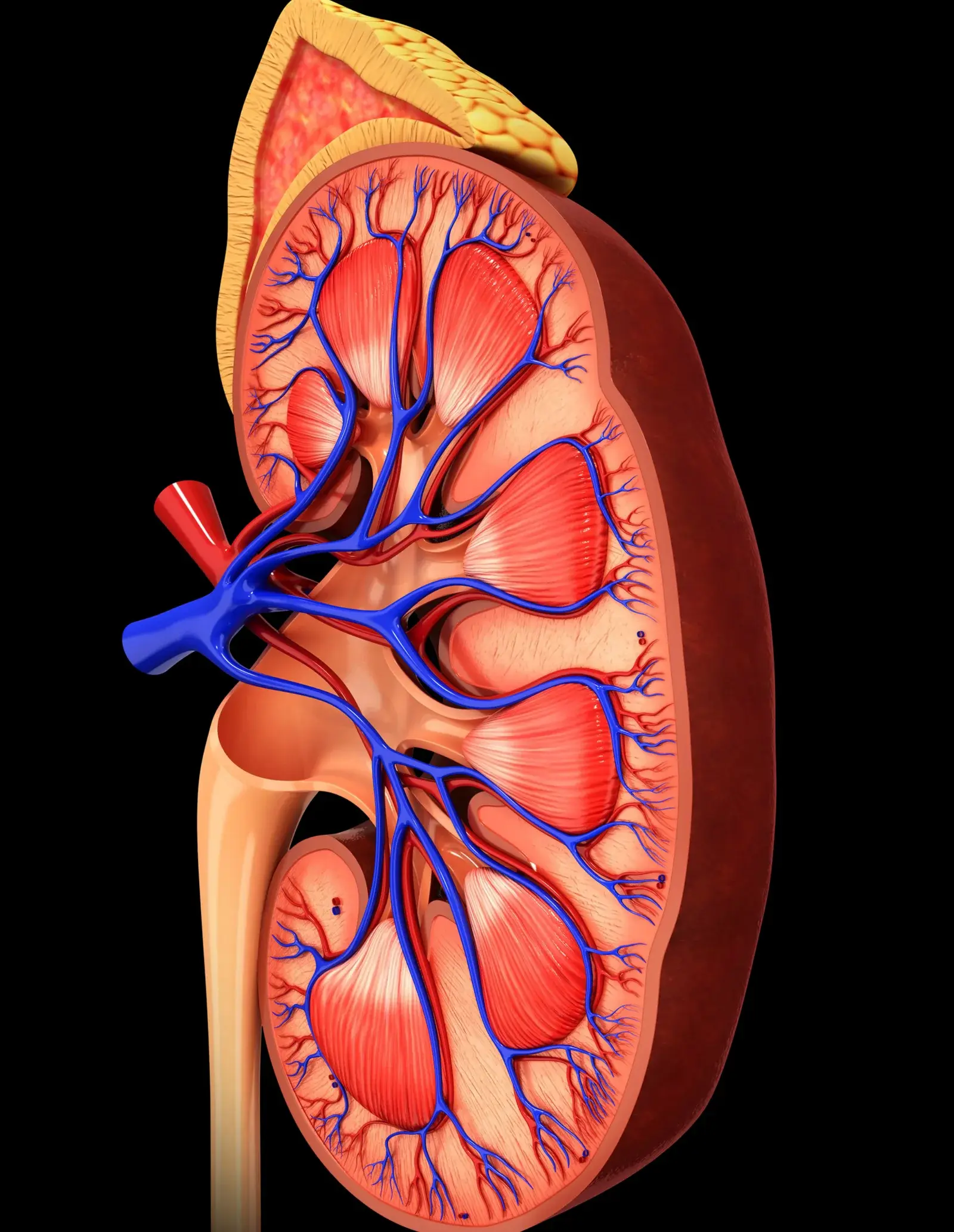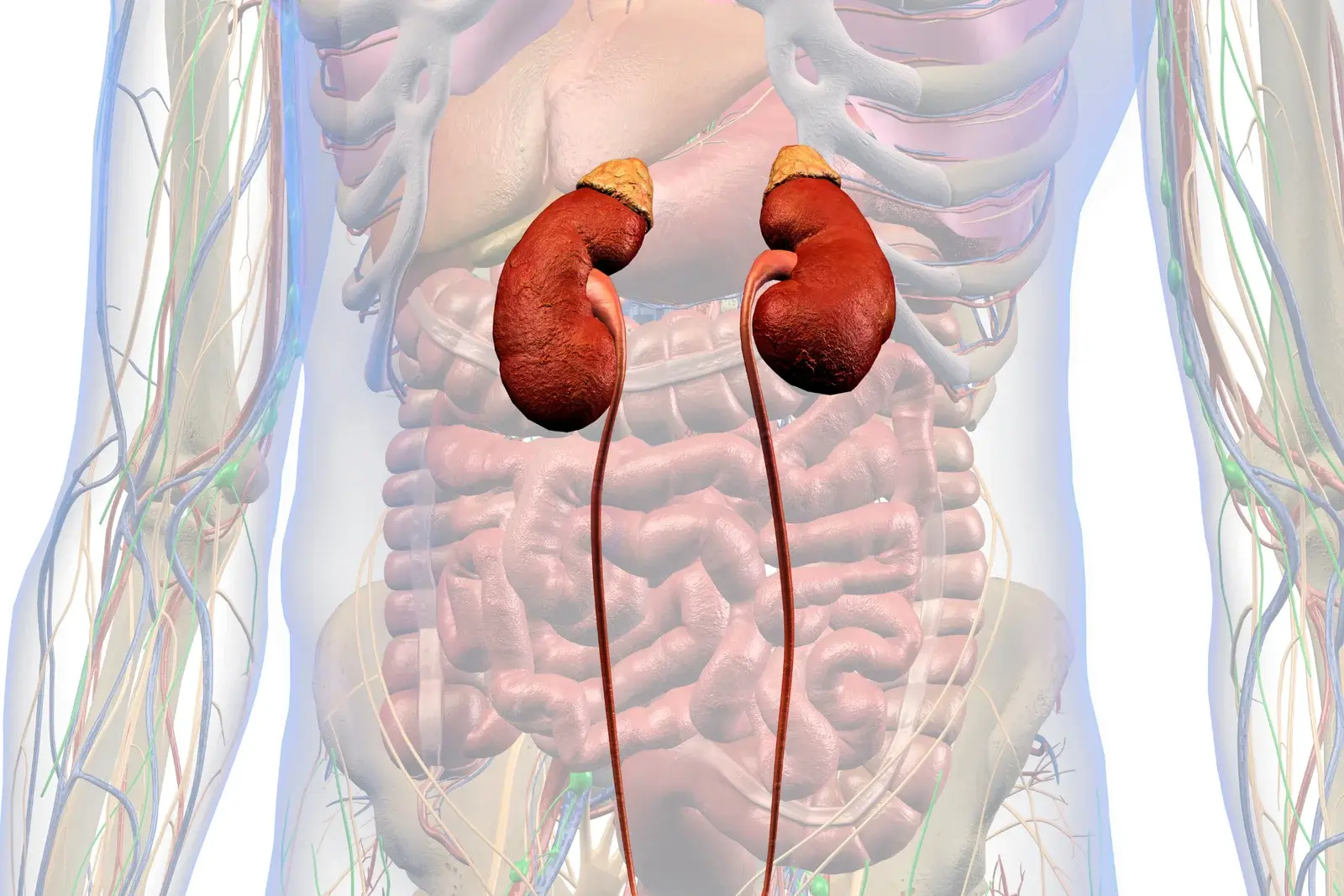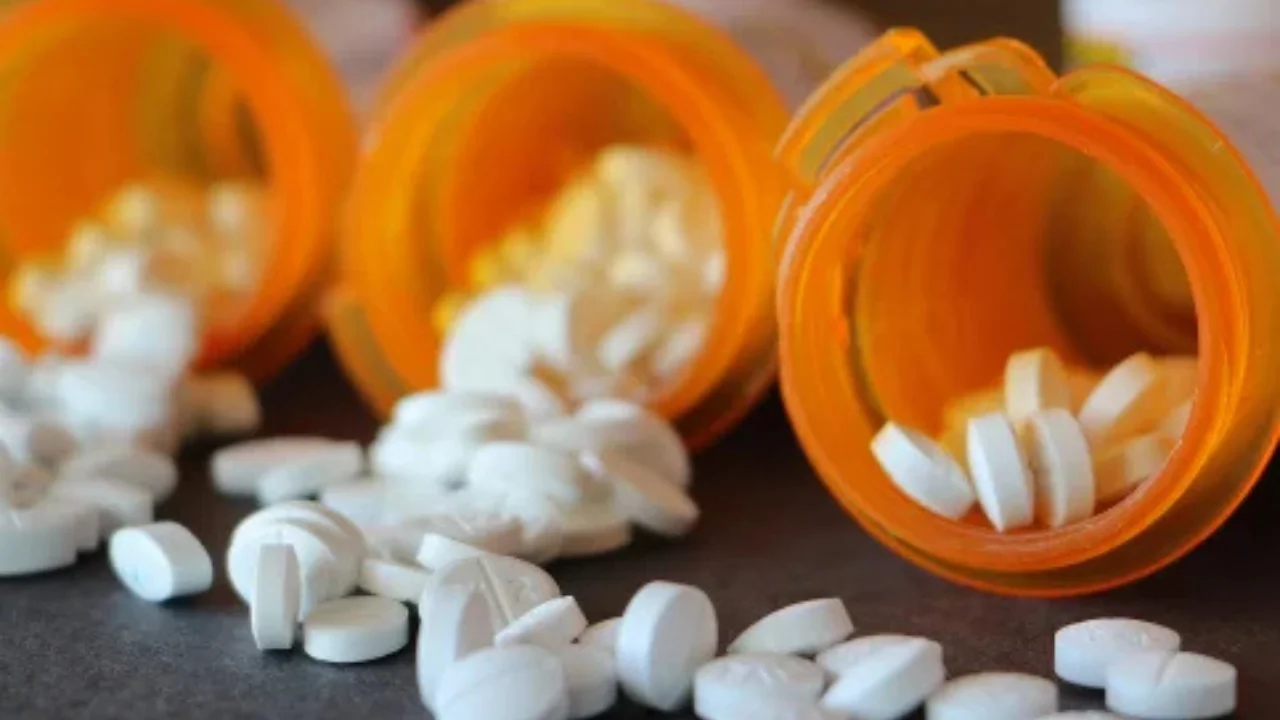
ACUTE KIDNEY INJUYRY
Together, we can prevent kidney injury.
Acute Kidney Injury (AKI), also known as acute renal failure, is a sudden and rapid decrease in kidney function, typically occurring over hours or days. This condition prevents the kidneys from efficiently filtering waste, balancing fluids, and regulating electrolytes in the blood. AKI is a serious medical emergency that requires immediate attention to prevent complications and improve the chances of kidney recovery

Symptoms
Patients with ESRD may experience various symptoms as the kidney’s function declines. Common symptoms include
Persistent fatigue
Swelling in legs or ankles
Shortness of breath
Causes
Acute Kidney Injury can be triggered by various factors that impair blood flow, damage the kidneys, or obstruct urine flow. The common causes include



Risk Factors
Several factors can increase the risk of developing AKI, including:

Advanced Age

Heart and Liver Disease

Medications
Treatments
Treatment for Acute Kidney Injury focuses on identifying and addressing the underlying cause while supporting kidney function during recovery. Key approaches include

